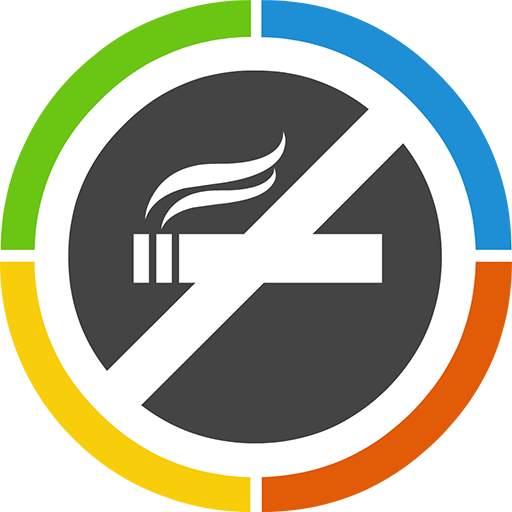Quitting smoking can be challenging, but it is possible with the right strategies and support. Here are the 10 steps to help you quit smoking:
- Set a quit date: Choose a specific date to quit smoking. This will give you time to prepare yourself mentally and make any necessary arrangements.
- Make a plan: Develop a plan to help you quit smoking. Consider strategies such as using nicotine replacement therapy (such as nicotine gum or patches), seeking support from friends and family, joining a support group, or seeking professional help.
- Identify triggers: Identify the situations, activities, or emotions that trigger your desire to smoke. Common triggers include stress, social situations, or certain places. Once you know your triggers, you can develop strategies to deal with them without resorting to smoking.
- Find alternatives: Replace smoking with healthier alternatives. For example, engage in physical activity, chew sugar-free gum, practice deep breathing exercises, or find a new hobby to keep your hands and mind occupied.
- Get support: Reach out to friends, family, or support groups who can provide encouragement and understanding during your quit smoking journey. Consider joining smoking cessation programs or seeking counseling or therapy.
- Manage withdrawal symptoms: Nicotine withdrawal symptoms can be challenging, but they are temporary. Symptoms may include irritability, anxiety, cravings, and difficulty concentrating. Utilize nicotine replacement therapy or consider talking to your healthcare provider about medications that can help manage withdrawal symptoms.
- Change your routines: Make changes to your daily routines to avoid situations that remind you of smoking. For example, if you used to smoke after meals, find an alternative activity like taking a short walk or brushing your teeth.
- Stay motivated: Keep reminding yourself of the reasons why you want to quit smoking. Write down the benefits of quitting, such as improved health, saving money, and setting a positive example for others.
- Learn from setbacks: If you have a slip-up and smoke a cigarette, don't be too hard on yourself. Learn from the experience and identify what triggered the slip-up, so you can better prepare for similar situations in the future.
- Stay smoke-free: Once you've quit smoking, take steps to stay smoke-free. Avoid situations where you may be tempted to smoke, and continue to seek support from friends, family, or support groups to maintain your commitment to a smoke-free life.
Remember, quitting smoking is a process, and it may take time and multiple attempts before you succeed. Stay positive, stay committed, and seek support when needed.


